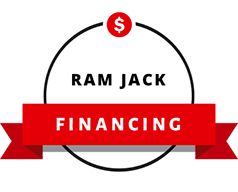Foundation Repair in Jackson
Mississippi Foundation Repair Contractors
When you are looking for quality foundation services, be sure to call on Ram Jack®. We are proud to be the leading provider of foundation repairs in Jackson and across Mississippi. For decades, we have been known as a trusted source of foundation systems. Our Research and Development Division is constantly developing excellent products and currently own 12 patents. We stand behind our quality workmanship and go above and beyond to make sure your foundation is stable for the future.
Want to discuss your foundation repair needs? Give us a call at (601) 600-2504.


 in Mississippi
in Mississippi




















